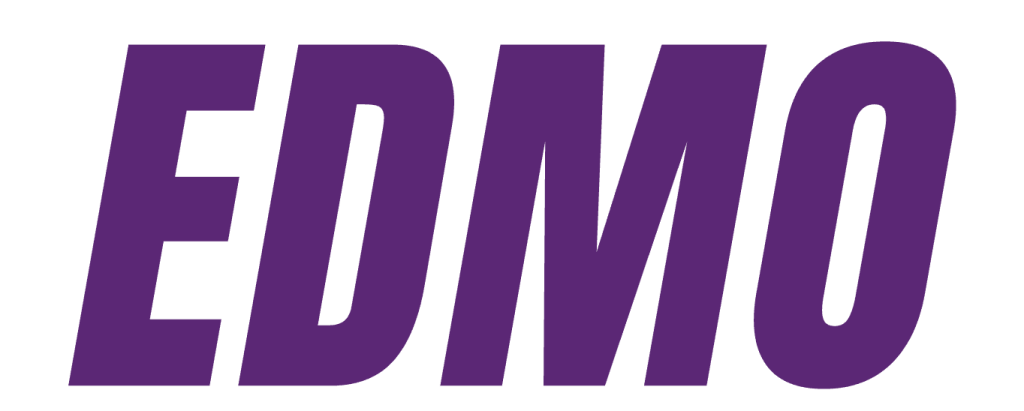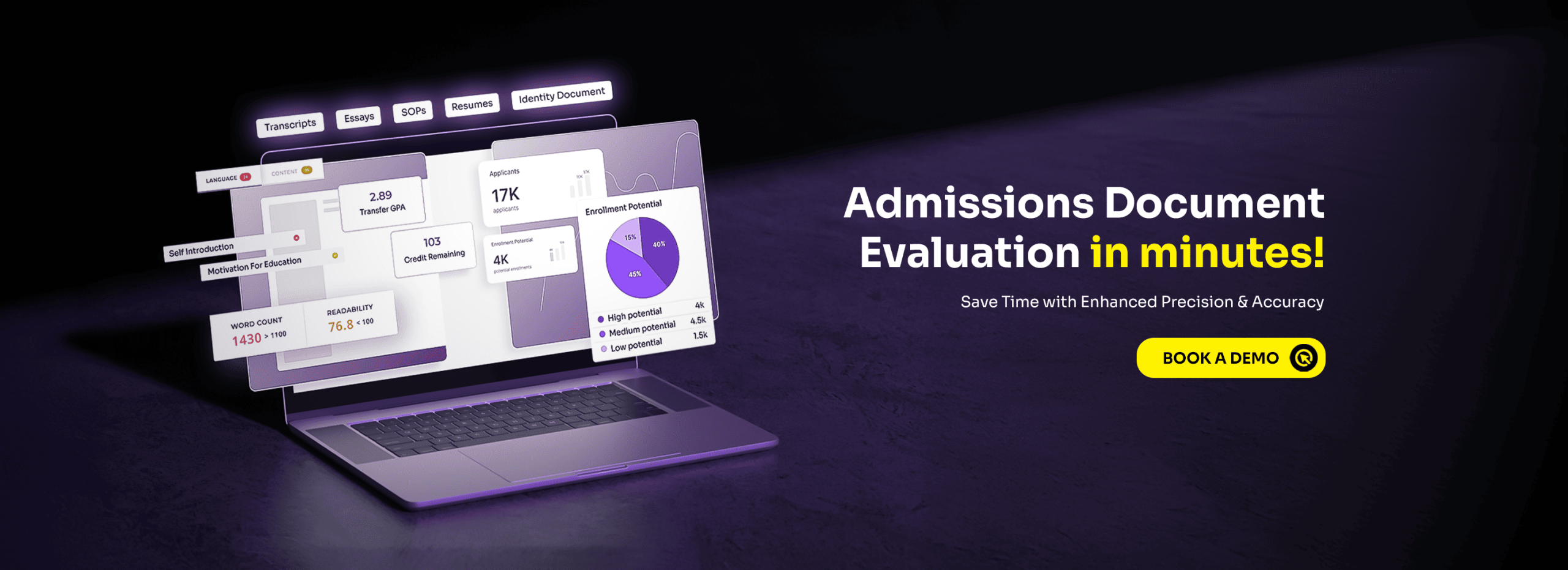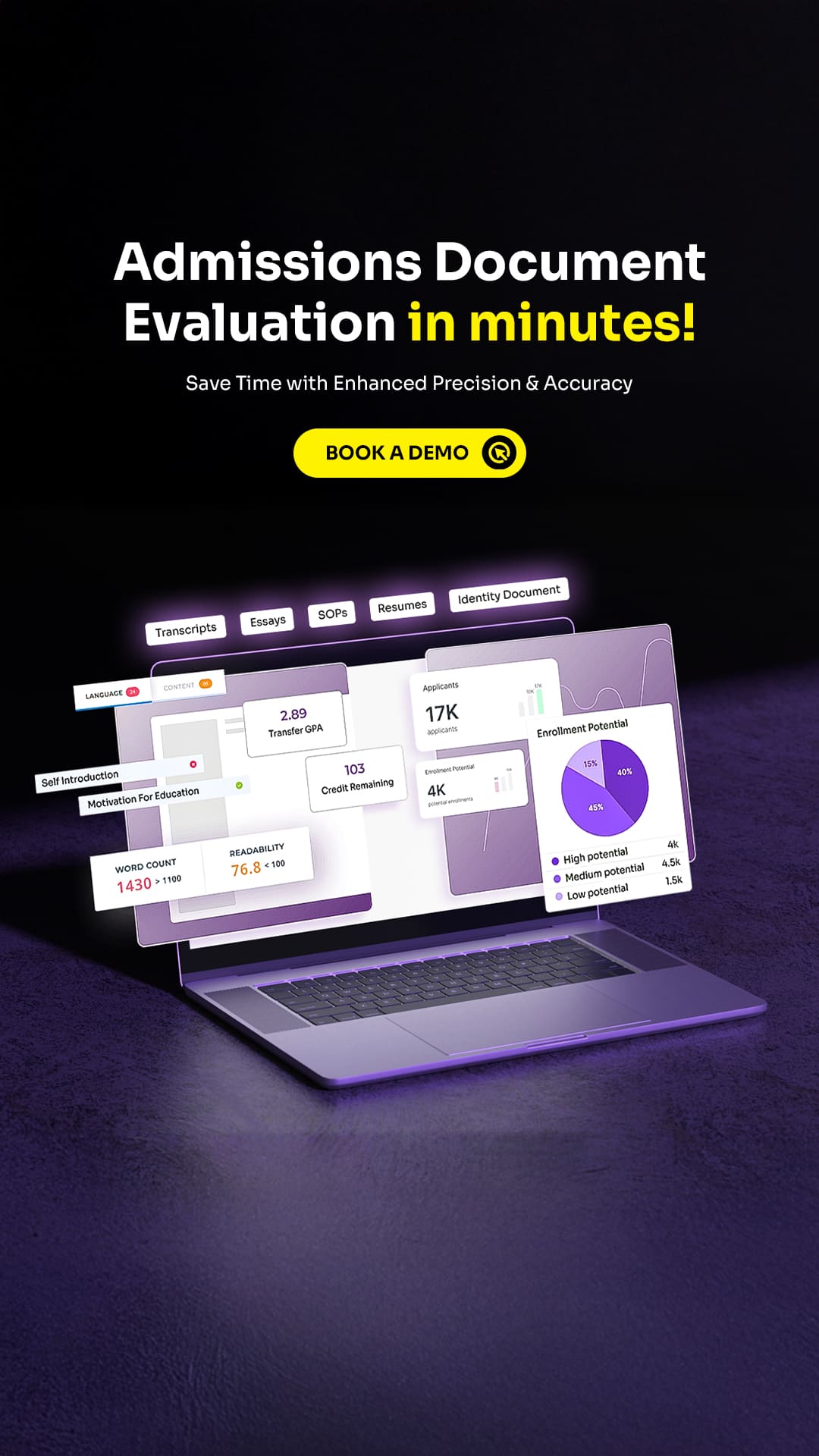Table Of Contents
The world of college enrollment is changing fast. From shifts in demographics to financial aid challenges, these changes are forcing admissions and enrollment teams to rethink how they approach their work. Here’s the latest on national enrollment trends in the US and what they mean for your school:
Demographic Shifts
Preliminary data from the National Student Clearinghouse for fall 2024 shows a 3% increase in overall undergraduate enrollment. However, the growth isn’t evenly spread. Freshman enrollment is down 5% from last year, with public and private nonprofit 4-year schools seeing the biggest drops (8.5% and 6.5%, respectively). A big factor here is the nearly 6% drop in 18-year-old freshmen—students who typically enroll right after high school. The new student enrollment is also trending older, with 18 year old enrollment declining and students aged 25+ surging.

The largest declines are happening at schools that serve low-income students, especially where a lot of undergrads rely on Pell Grants. Freshman enrollment in these schools has dropped by more than 10%. On the flip side, these key data points find that community colleges are seeing a 1.2% increase in freshman enrollment, showing that more students are starting their education at two-year schools.
Looking ahead the Higher Ed Dive reports that a new demographic change is on the rise. The number of high school graduates will peak in 2025 and then steadily drop through 2041, with 38 states expected to see fewer graduates. However, the number of graduates from underrepresented racial and ethnic backgrounds, especially Hispanic and Multiracial students, is on the rise. These changes could result in massive changes in college enrollment, particularly in the next several years.
FAFSA and Financial Aid Challenges
The FAFSA (Free Application for Federal Student Aid) has always been a complicated process. A simplification effort was launched in October 2022, but delays pushed the new form’s release to December 2023. These delays caused FAFSA submissions to drop by 11.6% in 2024, with about 200,000 fewer submissions than the year before. This drop is a problem for schools that rely on FAFSA to meet enrollment targets and for students whose plans were delayed.
Changes in Degree Preferences
While freshman enrollment is down, bachelor’s and associate degree enrollments are growing. Students are also increasingly interested in shorter programs like certificates. Enrollment in undergraduate certificates is up by 7.3%, showing that students are looking for more flexible, career-focused education.
The Rise of Non-Traditional Learners
More and more, students who aren’t following the traditional college path—like working adults or career changers—are becoming a key audience for admissions teams. These non-traditional learners want flexible programs that fit their schedules. To reach them, admissions teams should:
- Use technology: AI-powered platforms can help personalize outreach and match students with the right programs.
- Promote stackable credentials: Offer programs that allow students to earn smaller credentials they can build on over time.
Staying Ahead
Strategies for Enrollment Success To stay competitive in this intense environment, admissions teams should consider these strategies:
- Make college accessible and affordable: Simplify the financial aid process and increase scholarships to attract students from all backgrounds.
- Leverage data and AI: Use tools like EDMO to predict which students are likely to succeed and provide tailored outreach.
- Strengthen partnerships: Work with high schools, community organizations, and employers to create clear pathways from education to employment.
- Focus on international students: International students are crucial for diversifying campuses and helping with enrollment challenges. Create recruitment strategies, simplify visa processes, and offer strong support systems to attract global students. Partner with companies that can help you boost your international reach.
Partnering for Enrollment Innovation
To thrive in this new landscape, facing large demographic shifts, colleges need to embrace technology.
EDMO offers AI-driven tools that simplify admissions, match students to the right programs, and help enrollment teams reach their goals. With data-driven insights and a focus on student needs, EDMO helps institutions make a positive impact on both their enrollment numbers and their students’ futures.
As enrollment trends continue to shift, it’s important for admissions teams to adapt. By using tools like EDMO and focusing on student-centred strategies, schools can stay ahead of the game and set themselves up for success.
Also read: 6 tips on how to boost student engagement with limited resources
7 statistics to track student outcomes










No comments yet. Be the first to comment!
Leave a Comment